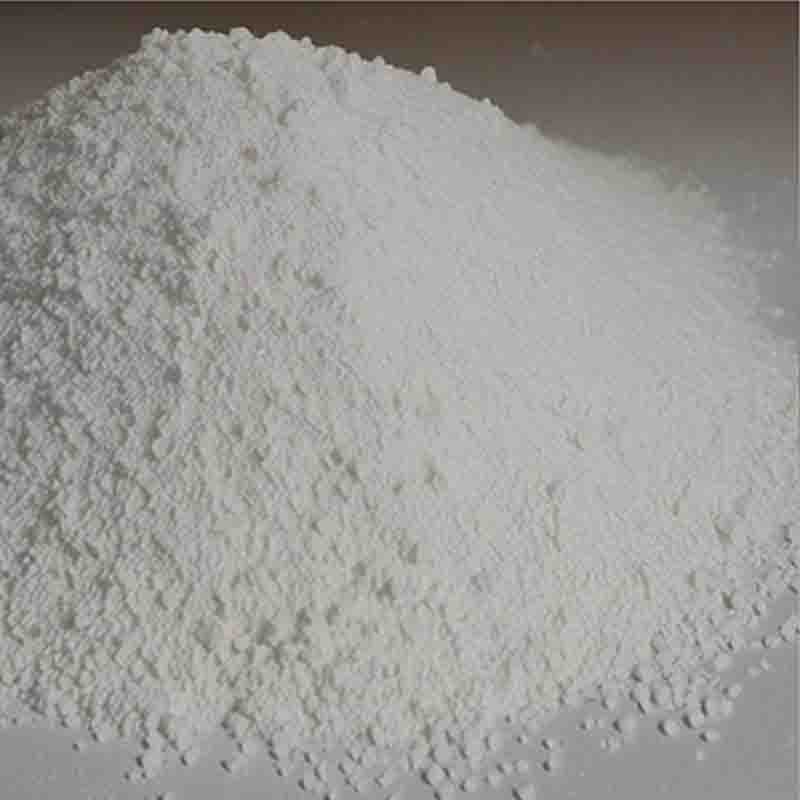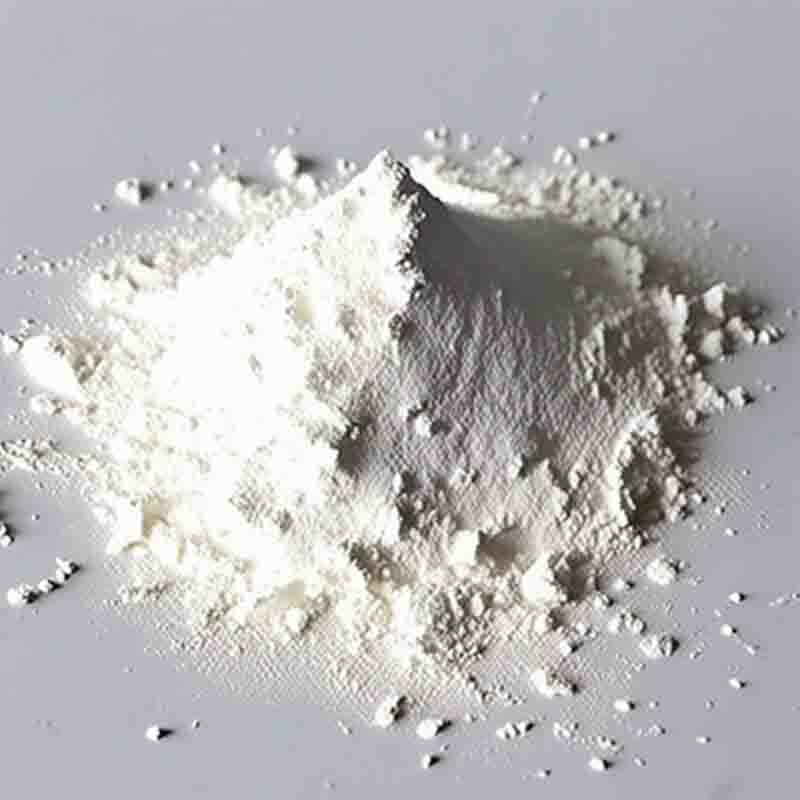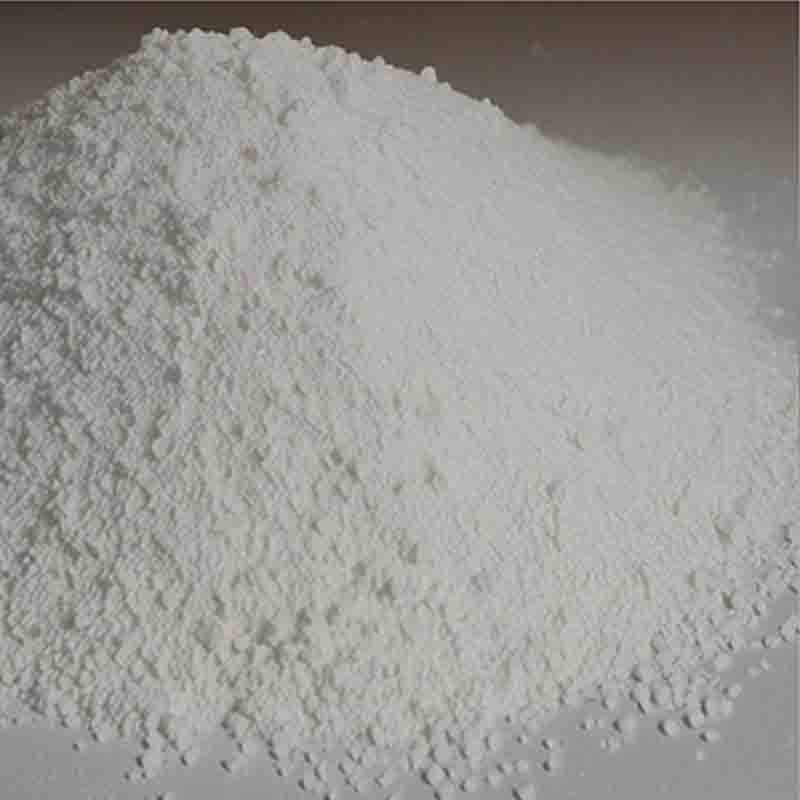benzyl(1-(4-(((4-fluorobenzyl)amino)carbonyl)-5-hydroxy-1-methyl-6-oxo-1,6-dihydropyrimidin-2-yl)-1-methylethyl)carbamate CAS:518048-02-7
| Catalog Number | XD95394 |
| Product Name | benzyl(1-(4-(((4-fluorobenzyl)amino)carbonyl)-5-hydroxy-1-methyl-6-oxo-1,6-dihydropyrimidin-2-yl)-1-methylethyl)carbamate |
| CAS | 518048-02-7 |
| Molecular Formula | C24H25FN4O5 |
| Molecular Weight | 468.48 |
| Storage Details | Ambient |
Product Specification
| Appearance | White powder |
| Assay | 99% min |
The compound benzyl(1-(4-(((4-fluorobenzyl)amino)carbonyl)-5-hydroxy-1-methyl-6-oxo-1,6-dihydropyrimidin-2-yl)-1-methylethyl)carbamate is a complex organic compound with a unique chemical structure. Its potential effects and applications are of interest in pharmaceutical research. Here are some potential effects of this compound:Anticancer activity: Preliminary studies have shown that benzyl(1-(4-(((4-fluorobenzyl)amino)carbonyl)-5-hydroxy-1-methyl-6-oxo-1,6-dihydropyrimidin-2-yl)-1-methylethyl)carbamate exhibits promising anticancer activity. In vitro and in vivo experiments have demonstrated its ability to inhibit the growth of cancer cells, possibly by interfering with DNA replication or inducing cell cycle arrest.Anti-inflammatory effects: This compound has shown potential anti-inflammatory effects. Inflammation is associated with various diseases, and inhibiting inflammation can be therapeutic. It is believed that benzyl(1-(4-(((4-fluorobenzyl)amino)carbonyl)-5-hydroxy-1-methyl-6-oxo-1,6-dihydropyrimidin-2-yl)-1-methylethyl)carbamate may reduce the production of pro-inflammatory mediators, such as cytokines and prostaglandins.Antimicrobial activity: Preliminary research suggests that this compound may exhibit antimicrobial properties. It has displayed inhibitory effects against both gram-positive and gram-negative bacteria in vitro. This suggests that it could have potential as an antimicrobial agent, although further studies are required to explore its efficacy and safety.Antioxidant effects: Oxidative stress, caused by an imbalance between reactive oxygen species and antioxidants, is implicated in various diseases. Benzyl(1-(4-(((4-fluorobenzyl)amino)carbonyl)-5-hydroxy-1-methyl-6-oxo-1,6-dihydropyrimidin-2-yl)-1-methylethyl)carbamate has shown antioxidant activity in some studies. By scavenging free radicals and reducing oxidative damage, it may have potential as an antioxidant agent.Potential drug development: Due to its unique chemical structure, this compound could serve as a valuable lead compound for further drug development efforts. It could be modified or optimized to enhance its potency, selectivity, and safety profile.It is important to note that the aforementioned effects are based on preliminary research, and further studies are warranted to confirm and elaborate on these findings. Additionally, before considering its use in clinical applications, the compound's potential side effects, pharmacokinetics, and toxicity need to be rigorously examined.




![(2S,5R)-5-[(benzyloxy)amino]piperidine-2-carboxamide CAS: 1416134-49-0](https://cdn.globalso.com/xdbiochems/白色粉末2245.jpg)




